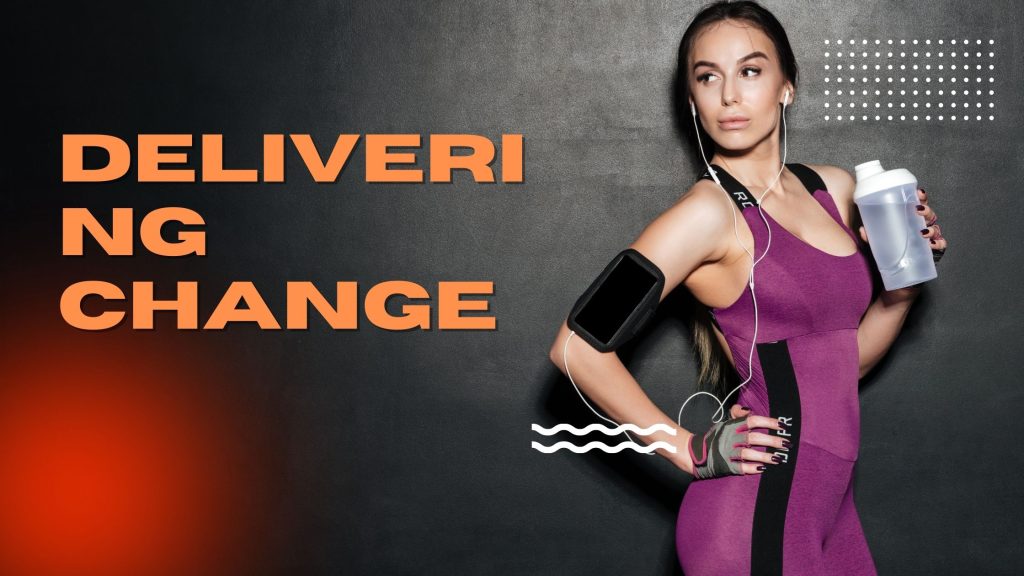Aggregators, too, will not be the same. The very discounts that propelled the growth of food delivery companies Swiggy and Zomato will be the first casualty, said Beer Café’s Singh.
This has already come true. Zomato and Swiggy have stopped footing discounts to customers. Like the shift to a revenue-sharing model, aggregators now have to give restaurants the choice to decide if they want to offer discounts or a free drink or dessert, says EazyDiner’s Chopra.
Delivering change

But that choice comes at a cost. Both Swiggy and Zomato have raised commissions from 22% to 23% since the lockdown, citing a 65-70% plunge in orders, according to Waterfront’s Shaw. That could force restaurants to rethink delivery, or at least who does the delivery. This is happening in Malaysia, as we’ve previously reported.
In the Southeast Asian country, food delivery platforms such as Foodpanda and GrabFood charge high commissions of 25-35%. This has led to the emergence of smaller rivals with lower take rates. In the US, Uber Eats is facing a backlash from merchants for refusing to reduce its 25% commission rate at this time.
“Restaurants here [in India] are already creating alternatives to food tech aggregator platforms, with innovative solutions driven and supported by owners and the industry,” says Shaw. This is also based on the expectation that the delivery space will become more crowded and competitive as many restaurants pivot to cloud kitchens or delivery-only models.
Personalization In Order To Keep Consumers Delighted
Chains like Starbucks and Domino’s—among the few that have operated through the lockdown—will be the first to recover, says Chopra. Not only does coffee require minimal touching, but these chains also depend on food aggregators more for orders than deliveries, for which they have their own fleet.
Cloud kitchens will get a fillip, too, due to lower rentals. “Even a quick-service dine-in restaurant will have to pay 1.7X more rent than a cloud kitchen,” says the head of operations at the aforementioned Bengaluru-based brand.
Delivery, though, is not the answer. Zorawar Kalra, who runs Massive Restaurants Pvt Ltd, India’s largest listed independent food and delivery chains, said as much during the webinar. Even in the best of cases, it will only be 20-25% of revenue, according to Kalra. Scant relief for the thousands of restaurants desperately trying to keep their heads above water.
For restaurants that reopen, stricter hygiene practices will be compulsory, further increasing costs by 4-5%, Kapil Chopra, investor and chairman of table-reservation platform EazyDiner said. Since hygiene will be a primary concern, restaurants will have to absorb this cost to reassure customers.
The consensus is that the restaurant business will require 12-14 months of intensive changes to get back on track. For Beer Café’s Singh, even though revenues are at rock bottom for the quarter ending in June, he’s expecting dine-in volumes to be up to 80% by the end of the year. By March 2021, he’s hoping things will finally be back to normal. To still be around to welcome patrons back, though, restaurants will have to change.